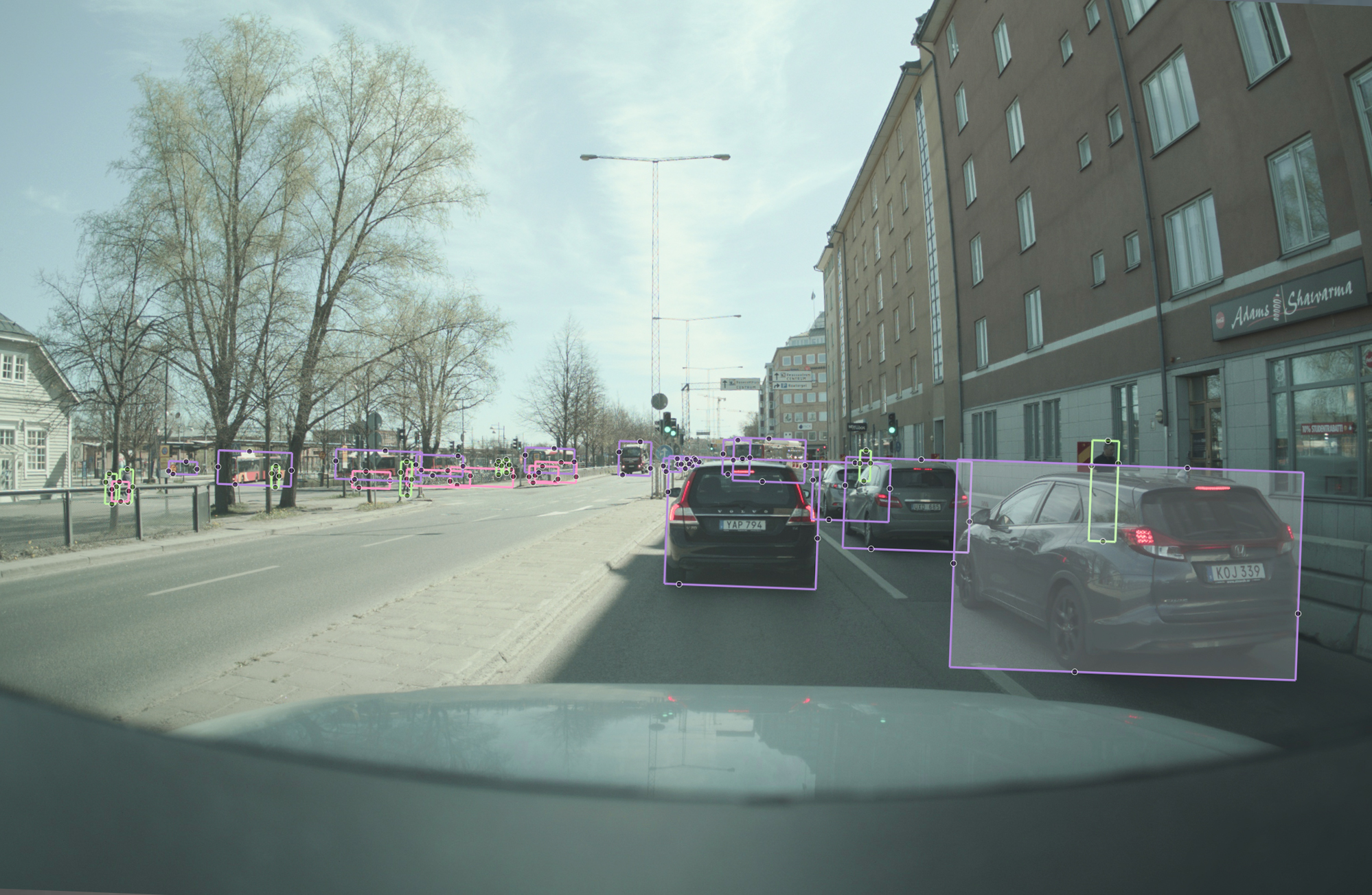Creating Safe Autonomous Systems: The Critical Role of Human Feedback
As autonomous vehicles move from development to deployment, the industry faces a fundamental challenge: ensuring safety without compromising the pace of innovation. While technology evolves rapidly, one constant remains—machines that operate among humans must be guided, validated, and aligned with human judgment. At Kognic, we believe the path to safe autonomy runs through cost-efficient, scalable human feedback integrated into your data pipelines.
The Current State of Autonomous Vehicle Safety
Recent safety incidents have put autonomous driving under scrutiny. The NHTSA reported 758 cases of "phantom braking" in Tesla vehicles since 2021, and Tesla's Autopilot has been involved in 273 crashes in the past year. Other companies face similar challenges—Pony.ai lost its California testing permit after a collision, and Waymo vehicles have been involved in multiple incidents despite the company's focus on safety.
However, context matters. Human error causes 94-96% of crashes in the USA according to NHTSA estimates. Autonomous vehicles still have tremendous potential to reduce both crash frequency and severity. The question isn't whether autonomous systems can be safer than human drivers—it's how quickly we can get there while maintaining public trust and delivering a great customer experience.
The answer lies in high-quality training data. Your perception system can only be as good as the data you train it on. This is why getting the most annotated autonomy data for your budget is critical to building safe, reliable autonomous systems.
Why Traditional Safety Standards Fall Short
The automotive industry has a strong history of safety certifications. ISO26262 has been the gold standard for functional safety of components like electronic systems, wires, and brakes—elements where reliability can be measured through external testing.
But software-defined vehicles present new challenges. Software evolves faster than hardware, is more complex, and harder to model. As vehicles become increasingly defined by software rather than mechanical components, traditional certification approaches struggle to keep pace. Today, there's no regulation that explicitly defines how to measure performance and safety for automated driving systems. We're in a regulatory transition period.
The Accountability Gap
Without clear regulation, the industry has focused on liability—determining who's responsible when accidents occur. But liability clauses in contracts don't prevent accidents. What prevents accidents is investing in the right data infrastructure: high-quality annotations that accurately represent the real world, covering diverse scenarios including edge cases.
Companies serious about safety recognize three potential accountability mechanisms: consumer choice (customers punishing unsafe products), government regulation (authorities stepping in), and corporate responsibility (companies striving to build safer systems). Smart companies don't wait for external pressure—they build safety into their development process from day one.
There Are No Shortcuts to Safe Autonomy
Developing safe autonomous systems is one of the most challenging engineering problems of our time. There are no shortcuts. Your perception system will never exceed the quality and diversity of the scenarios in your training data. This is why data quality and the efficient integration of human feedback into your machine learning pipeline is paramount.

The challenge isn't just technical—it's economic. Achieving comprehensive coverage across millions of edge cases is expensive. This leads some companies to cut annotation budgets, compromising safety. But cost optimization shouldn't mean cutting corners on data quality. It should mean maximizing the value of every annotation dollar spent.
At Kognic, we've built our platform specifically to address this challenge. We enable you to get the most annotated autonomy data for your budget through our unique combination of Platform, Process, and People. This makes us the price leader in sensor-fusion annotation—not by sacrificing quality, but by maximizing productivity through intelligent automation, expert annotators, and optimized workflows.
How Human Feedback Accelerates Machine Learning
The future of autonomous systems depends on efficiently integrating human judgment into the development cycle. Machines learn faster with human feedback. Our platform enables you to:
- Train perception models with high-quality, accurately labeled sensor-fusion data
- Cover diverse scenarios including critical edge cases
- Validate model performance against human expectations
- Build the evidence needed for safety cases and regulatory compliance
We don't just label data—we help you interpret sensor readings in ways that directly improve performance and safety. Our customers depend on selling systems that people love using and that are demonstrably safe. That cannot be achieved by collecting massive amounts of data and labeling it as cheaply as possible without connecting the interpretation to actual performance outcomes.
A Safe Perception System You Can Trust
At Kognic, our purpose is to enable great automated driving experiences without accidents. We create the connection between sensor data interpretation and safety outcomes in the most efficient and ethical way possible. We believe in building a safe perception system that you can trust—one that delivers the annotated data quality you need at a price that supports sustainable development.
We know you care about safety. We also know it's challenging to balance technical requirements, budget constraints, and timeline pressures. If you're ready to discuss how to get the most annotated autonomy data for your budget while maintaining the quality standards required for safe deployment, we'd love to talk.
Share this
Written by

.png?width=2000&name=kognic%20logo-black%20(1).png)
